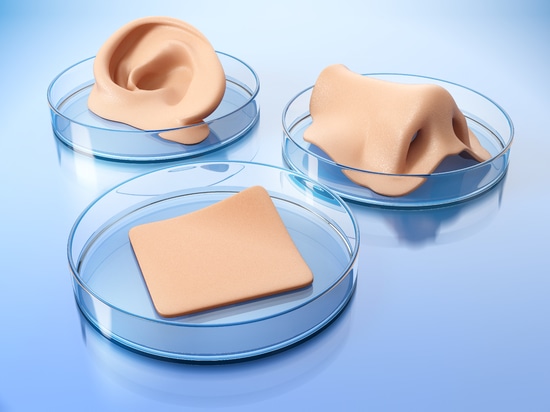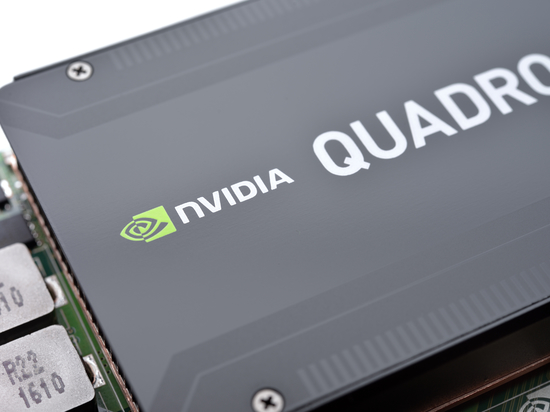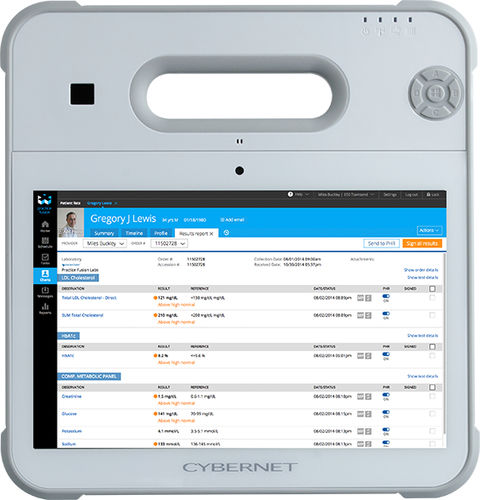
#Industry News
3 CHALLENGES TO 3D PRINTING IN HEALTHCARE
Why custom organs and drugs are still in the far future
Additive manufacturing, more popularly known as 3D printing, has advanced enough to create toys, figurines, and parts for more complex machines. The technology has been hailed as the next revolution in the healthcare industry. Why, then, hasn't it become widespread in clinics and hospitals like medical computers? Here are three challenges facing the widespread adoption of additive technology in healthcare.
Still in the Early Stages
One major limiting factor is print speed. Even the top 3D printers’ build rates are slower than products made by traditional manufacturing, which is the shaping of raw material like steel or plastic into the desired object through carving, grinding, or molding.
Issues with raw materials are also a limitation. Most, like the plastics used for a new set of teeth, need to be grounded into small particles for the printer. This is not cheap. The printed product like the teeth also may need additional smoothing out and polishing to deal with bumps and rough spots. This adds to the costs. Finally, materials with vital but proprietary properties like plastic infused with antimicrobial resin may be impossible to legally print out.
Then there’s 3D printing of organs. Additive manufacturing for living tissue uses bioprinters. Most find their spray nozzles are too wide to successfully create the microscopic blood vessels necessary to print artificial skin. Also, finding the right combination of natural and synthetic polymers for the bioinks for simple body parts like artificial ears has been difficult – and expensive – let alone more complex organs like a heart.
High Risks Going Alone
Printing out drugs suffers different problems. On the one hand, a 3D printer for drugs onsite at a hospital can make it convenient to print for its patients as needed. Even better, they can be tailored to each patient’s specific health conditions.
What happens, though, if the raw material used by the printer is slightly off? Or a well-meaning staff member decides to combine the formulas of two drugs (or more!) in an attempt for better patient care. They may not know of any problems with medications until it’s too late. And in the Internet of Medical Things, it’s not impossible to imagine a scenario where a hacker breaks into the printer and alters drug formulas.
At the time of this writing, only two drugs have received approval by the FDA for 3D printing. The first, Aprecia, was approved in 2015 for the treatment of symptoms of epilepsy such as onset seizures and myoclonic seizures. The second, T19, was approved in 2021 to help deal with rheumatoid arthritis. Otherwise, pharmaceutical companies use traditional manufacturing methods for drug production. This allows them ﹘ and not medical staff ﹘ to monitor the drug-making process from start to finish.
Lack of Regulation
Healthcare is heavily regulated in most countries. The risks both in lives and liability are too great.
This doesn’t apply to medical additive printers. There are currently no laws regulating printer design, durability, if they’re medical grade, etc. This means healthcare organizations take a chance when using a 3D printer on their own.
And it's a high one both in lives and liability. Using the example above, the hospital would have to deal with any legal fallout from obtaining the proprietary drug’s formula, or altering it by combining it with another drug. It’ll probably be responsible as well in any lawsuits involving any drugs printed out and used that are based on the hacker’s alterations.
These nightmare scenarios and more can apply to health organizations printing their own medical devices like syringes to human tissue like ligaments and tendons.
The FDA is currently seeking comments on 3D printing laws due to interest in the technology.
Closing Comments
Do the above issues spell the end to additive manufacturing in healthcare? Not at all. Limitations like the speed of the printers to available raw materials are technological-based and can be resolved. And proper safeguards like the regulation of 3D printer manufacture will lower risks to both patients and medical organizations.
And there’s plenty of financial incentive in the sector. The 3D medical device market alone is expected to grow by 29.9 percent by 2027 for $4.6 billion in revenue.
Contact an expert at Cybernet if you’re interested in learning more about 3D printing in healthcare, and why its benefits outweigh the disadvantages.






